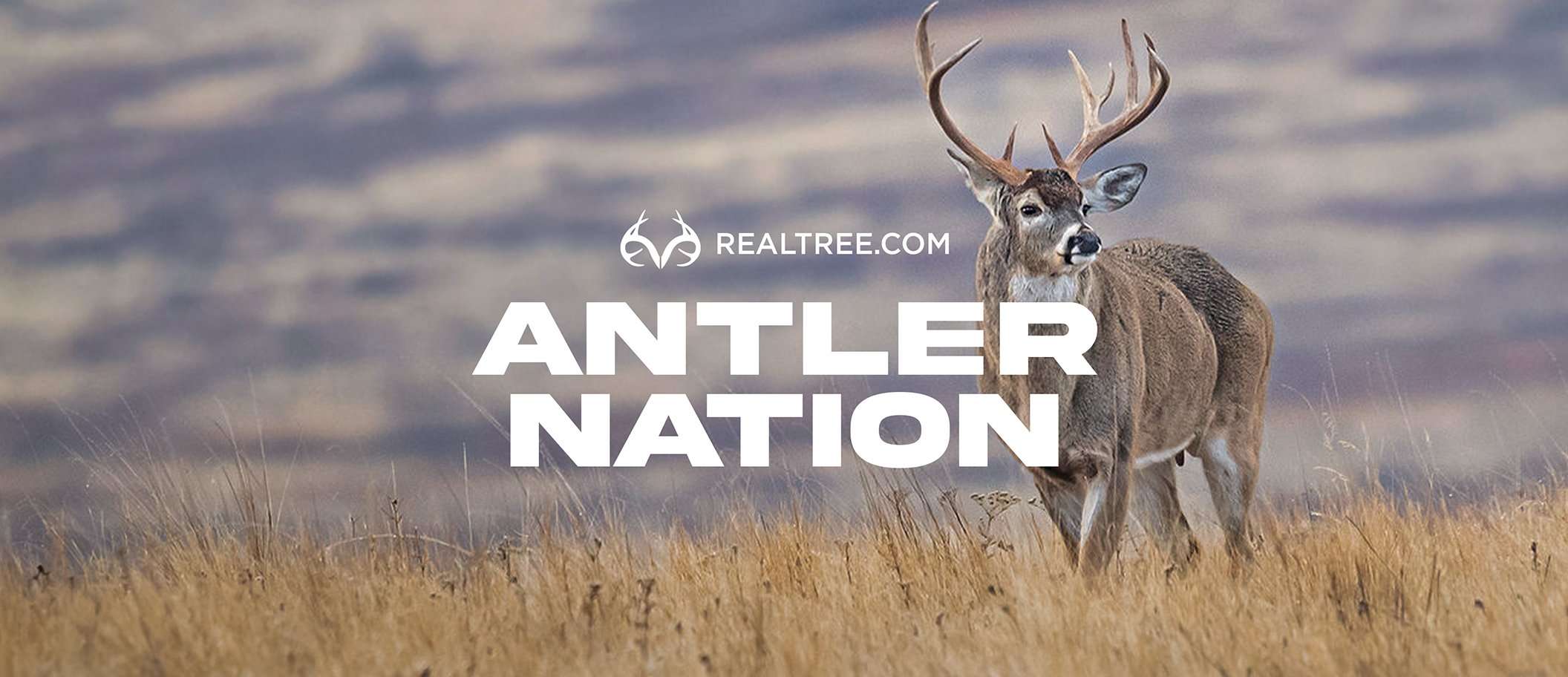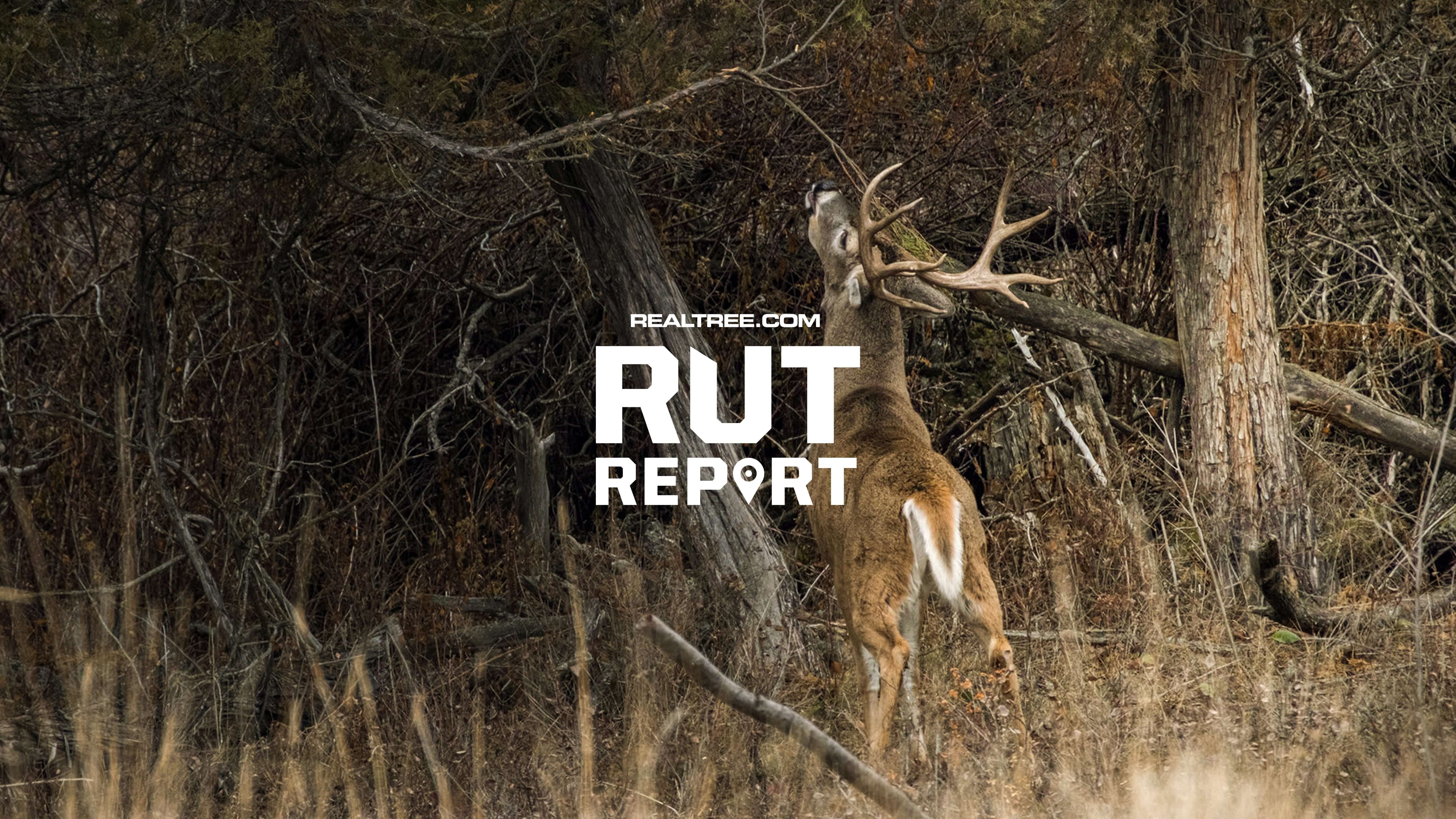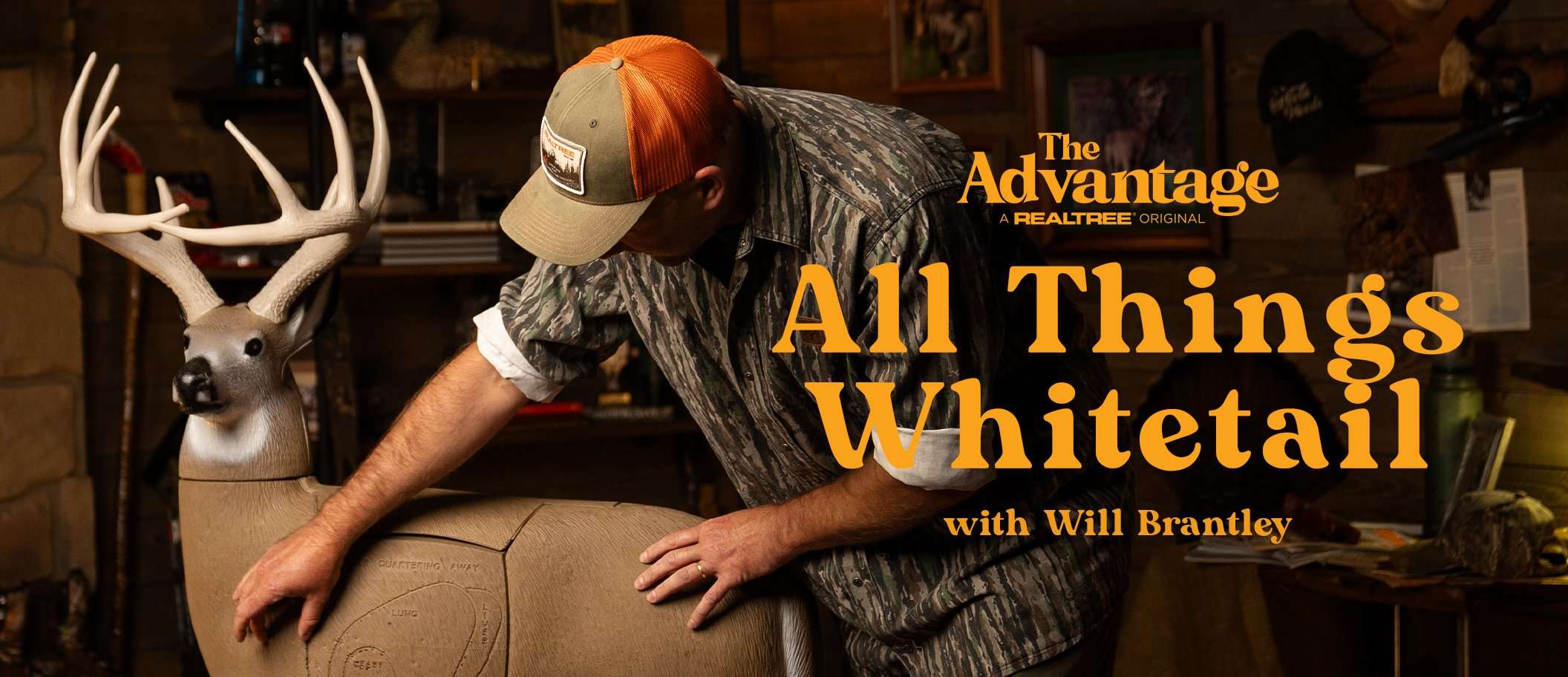Take a break during the midmorning gobbling lull, and then work to strike a lonely gobbler from 9 a.m. until noon
You sit shivering and yelping as a roosted turkey booms gobbles in the dawn mist, with crimson streaking the sky and the first sun rays peeking through the trees. That might be the essence of the spring game, but from a purely practical standpoint, hunting from 9 a.m. until noon can offer a better shot at shooting a big bird.

Everyone loves to be in the woods at the break of dawn, but hunting later in the morning might be more productive. Image by Bill Konway.
TURKEY BEHAVIOR
On spring mornings, toms gobble from the treetops at first light to attract hens. After flying down, the gaudy males strut, drum and gobble more to impress the ladies. When hens come to mingle and mate, the toms pretty much clam up. The gobbling lull, which typically occurs from flydown until 8:30 a.m. or so, is a tough time to hunt.
But going on 9 a.m., hens start to leave the gobblers, drifting off to lay or incubate eggs, and the boys pine for more company. Some hot 2-year-old turkeys gobble on their own in hopes of calling in fresh hens. But many old longbeards go shut-mouthed. They’re out there strutting and drumming, but you can’t hear them.
Don’t Miss: THE BEST 12-GAUGE TURKEY LOADS OF 2025
TAKE A BREAK
When you don’t kill a turkey right off the roost, go back to your truck, take a break and have a cup of coffee. Or lie back in the sun-drenched woods and take a “turkey nap,” like I love to do. Around quarter to 9, as the sun angles higher, walk a logging road, right-of-way, field edge or any terrain that lets you move easily and quietly around your area. Stop and listen on ridges and high points. You might get lucky and hear a distant gobble. But most of the time, you’ll have to go on strike.
HOW TO STRIKE GOBBLERS
Two calls work best for pulling a shock gobble from a tight-lipped strutter.
I start with three loud caws on a crow locator. Perk your ears and listen. Blast the crow call one or two more times. If it’s no go, switch to a high-pitched friction turkey call. A box tuned for shrill notes works well, as does a glass or aluminum pot call with a hard hickory or cherry striker.
Whatever call you use, soft, passive hen clucking and yelping normally won’t cut it from 9 a.m. till noon. You need more shocking power. I like to toss out a couple of loud, excited yelps in hopes of striking a gobbler strutting 100 to 200 yards away in the foliage. If I receive no response, I scale up to aggressive cutting, which mimics a lonesome hen wandering around in the woods in search of a gobbler. To make shrill, piercing cutting on a box or pot, bear down fairly hard on the handle or peg, and string together a short series of fast, sharp, irregular clucks. Stop calling abruptly and listen so you won’t miss a turkey that fires back a shock gobble.
Don’t Miss: THE BEST 20-GAUGE TURKEY LOADS OF 2025
STRIKE AND MOVE IN
One morning this past May, I cutt on a box, and an ornery turkey I had been trying to kill for three weeks triple-gobbled 150 yards away. I slipped forward, planning to cut the distance before setting up. Then, a flash. I looked up and spotted the white-headed bird sprinting in, body rocking and thick beard swinging. I knelt in the brush, raised my 12-gauge and rolled him at 35 yards. I checked my watch. I’d struck the turkey at 9:49 a.m. and killed him at 9:50 a.m.
It can happen that fast, especially when you strike a red-hot 2-year-old bird. He’ll roar a few gobbles and run in, so be ready. As you run and gun, wear camo gloves and a facemask around your neck. When a turkey bellows close, find a set-up tree fast. Pull up your mask, pull out your calls, point your shotgun out front and scan the brush for a white or blue head.
When a turkey shocks at your caws or cutting 300 yards or farther away, things unfold in a more orderly manner. Creep toward the bird, occasionally blowing your crow call in hopes he’ll gobble a couple of more times so you can draw a line to him. You might have to give him another hard series of cutting or two to zero in on his location. Using terrain and foliage for cover, you should be able to sneak within 120 yards or so of the bird. But remember, beware of those runners. When a turkey you’ve struck during midmorning starts gobbling more and moving closer, find a tree, sit and get ready — he’s coming.
Don’t Miss: HOW TO TURKEY HUNT IN THE MIDWEST












